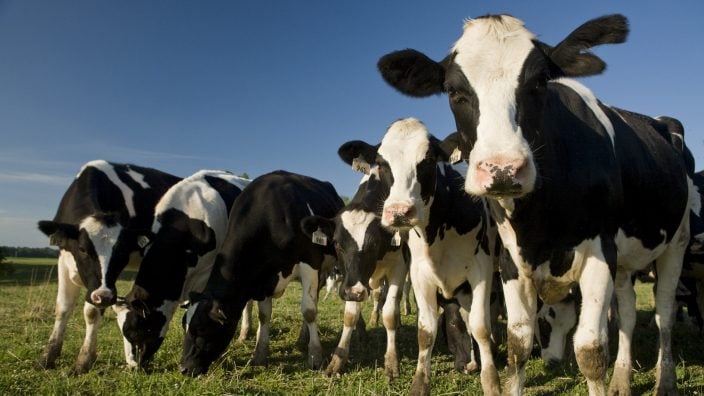It’s time to get ready for planting season
A gardening Q & A related to planting date, fertilizer recommendations and other general gardening questions.
Read MoreDairy cows are as complex as the dairy industry itself. Today, I would like to share with you some interesting dairy trivia.
I love dairy cows. Most readers of this column know this. I think I have probably conveyed the fact that dairy cows are as complex as the dairy industry itself. Today, I would like to share with you some interesting dairy trivia.
Dairy cows first arrived in America with the Jamestown settlers in 1611. The most common breed of dairy cow in the United States is the Holstein, but Jersey cows produce milk with the highest butterfat content. The average cow produces about 350,000 glasses of milk in her lifetime.
Bulk tanker trucks for transporting fluid milk were first introduced in 1914. Plastic milk bottles were first introduced in the U.S. in 1967 (a very good year).
A cow has one stomach, but it has four distinct compartments. The average dairy cow weighs 1,400 pounds and consumes about 50 pounds of dry matter (e.g. hay, grass, silage and grain) each day. She also drinks from 30 to 50 gallons of water each day — about a bathtub’s worth.
Cows have 24 teeth and chew at least 50 times per minute. They spend 10 hours a day chewing their cud in order to aid digestion. And believe it or not, cows have an acute sense of smell and can smell something up to six miles away.
Americans eat, on average, 40.4 pounds of cheese per year. This average has grown by 5 pounds over the last 10 years. The most common cheeses are mozzarella and cheddar. Seems like a lot of cheese, but the U.S. doesn’t even make the top 15 cheese consuming countries. Denmark is the top consumer with nearly 62 pounds per capita, followed by Iceland, Finland and France, each consuming 60 to 61 pounds per capita.
The tradition of making Swiss cheese in 200-pound wheels began in the Middle Ages when the Swiss government taxed cheesemakers on the number of pieces they produced rather than according to the total weight of the cheese they made.
To get the same amount of calcium provided by an eight-ounce glass of milk, you would have to eat 2 ¼ cups of broccoli, 6 and ¾ oranges or six slices of wheat bread.
Why does milk work better than water to cool your mouth after eating something spicy? The protein in milk called casein cleanses the taste buds.
Minerva Dairy, America’s oldest family-owned creamery and the leader in better butter, was founded in 1894 by Max Radloff, in Hustisford, Wisconsin. Over the next half century, Radloff and his family created a network of 26 farms for sourcing their cream. This included the company’s single present-day location in Minerva, which was acquired in 1935. Minerva Dairy today is famous for its legendary, slow-churned, 85% butterfat content. After 125 years of operation and five generations of family leadership (and counting), the company remains America’s premier butter expert, serving the richest, creamiest, best-tasting butter anywhere.
A sad fact is that U.S. dairy farm numbers are greatly decreasing, but the number of cows per farm has increased. In 2003, there were 70,375 dairy farms and in 2020, there were 31,657 — a decrease of more than 55%.
Thank you for supporting the dairy industry.
Submitted by Mary Smallsreed, a member of the Trumbull County Farm Bureau and grew up on a family dairy farm in northeast Ohio.
OFBF Mission: Working together for Ohio farmers to advance agriculture and strengthen our communities.


A gardening Q & A related to planting date, fertilizer recommendations and other general gardening questions.
Read More

There is a lot of helpful information on the Trumbull County Auditor’s website to help you understand what is going on.
Read More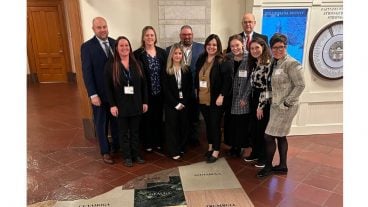
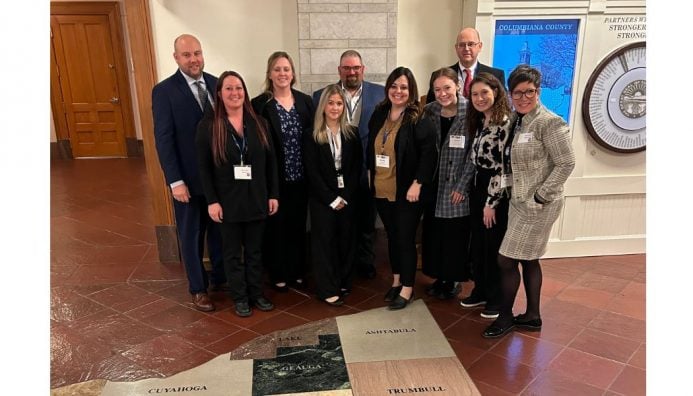
The presence of hundreds of farmers in downtown Columbus, filled with determination to advocate for their livelihoods and communities, served as a powerful reminder of the importance of our grassroots efforts.
Read More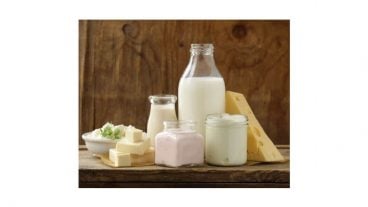
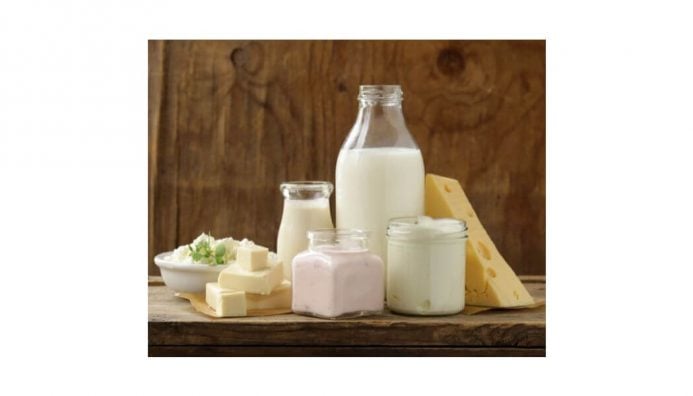
I thought it would be interesting to ask consumers with no daily agriculture experience four questions, and see what they really have questions and concerns with.
Read More
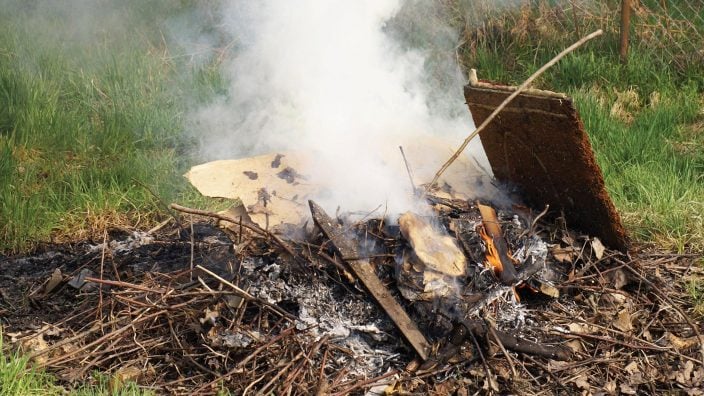
Understand the rules, restrictions around open burning in Ohio.
Read More

Utah’s diverse agricultural production contributes about $1.8 billion to the state’s economy every year.
Read More

Whether it’s getting involved in local boards or sharing our voices on national platforms, we all have a role to play in safeguarding the future of agriculture.
Read More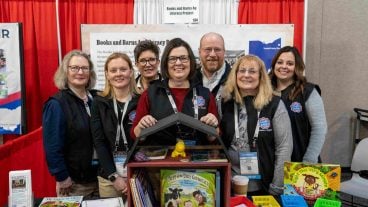
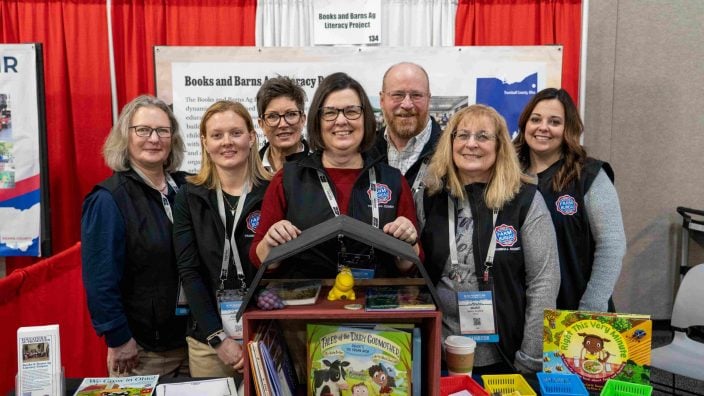
Our project was in agriculture literacy and made a huge impact on our local community, but even further abroad.
Read More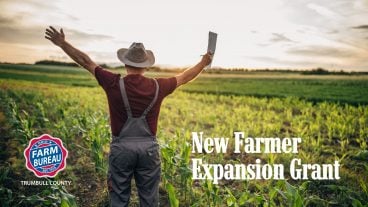
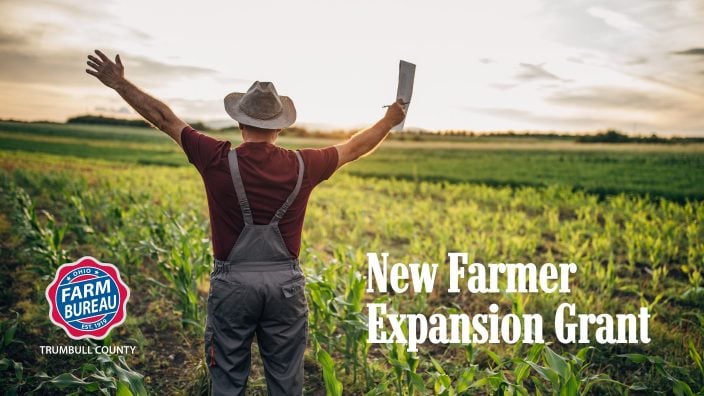
A grant is available to new and beginning farmers in Trumbull County.
Read More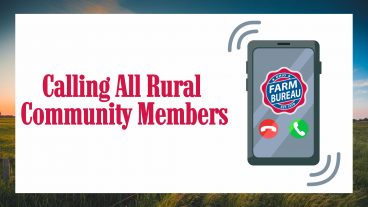
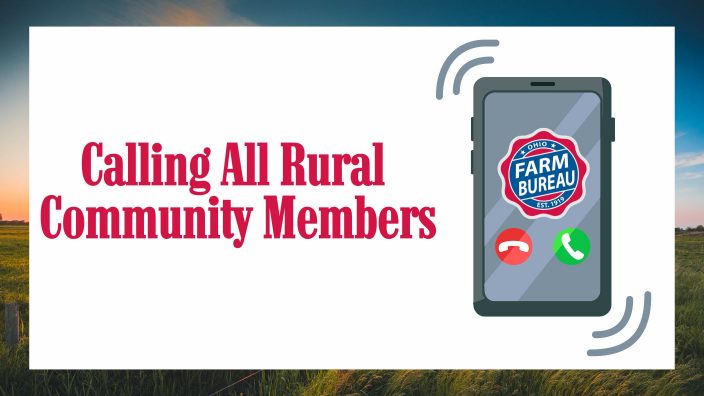
Help the Northeast Counties Farm Bureaus by providing feedback to identify your needs so we can find solutions.
Read More